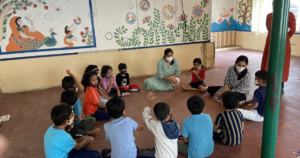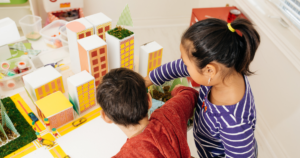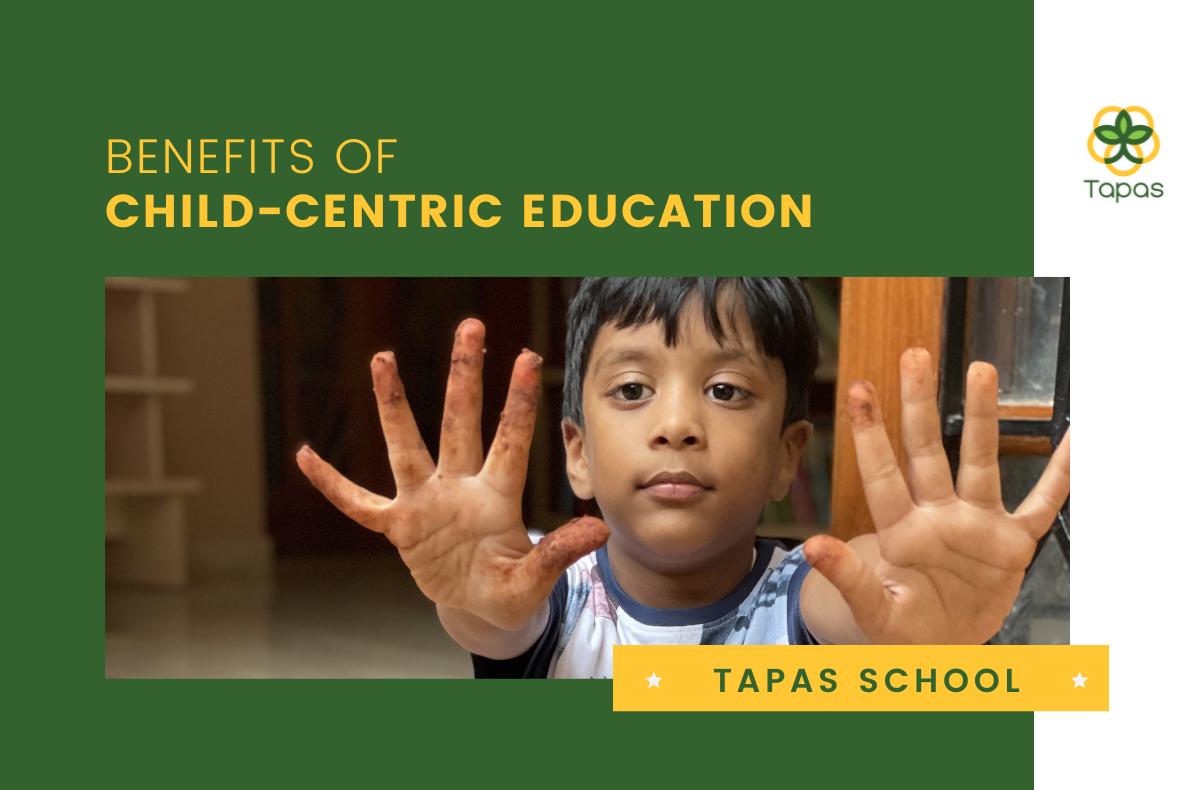As the focus of education has been slowly shifting to a Child-centric approach, we see a rise in educators who support equipping students with 21st-century skills through child-centric teaching. Teachers all around the globe have been trying to make their classes fun, engaging, and tailored to students’ needs. Child-centric teaching enables them to make learning fun, incentivises students to be actively involved in the process of their education.

Supportive Environment: One of the most important places for students and teachers is the classroom and when the classroom environment is child-focused, it is equipped with all the necessary items to cater to the individual learning styles of students. Students are motivated to brainstorm and engage actively to match their interest level with ideas, concepts, and skills planned as part of the curriculum. Active participation ensures not only a higher level of engagement but also individual responsibility for learning.
Holistic Approach: Child-centric learning methods majorly focus on the holistic development of the child, even NEP 2020 supports classroom learning to regularly contain more creative, collaborative, exploratory, and fun activities. Such Activity based learning encourages the development of physical capabilities along with intellectual prowess, cognitive or mental abilities, emotional understanding, and social and interpersonal skills.

Play and Activity-based learning: Most qualified educators ponder on how to make their classes more fun and interactive because they understand that for a child an activity-based learning experience is more long-lasting and memorable. As they focus on the child, they include more and more play-based activities and hence reward the students for engaging with the curriculum as they learn not only information but application in real-life scenarios through play.
Real-life application: It is fairly common for parents to worry about their kids as they transition from home to school to college. A Child-centric educational environment is less structured and more activity based, making it closer to life. As students get more involved, it becomes easier for them to apply their learning in any situation and scenario.
Supporting Individuality: In a traditional classroom, it gets difficult for students to shine with their individual expressions and style. However, cold-centric education gives more importance to individual learning styles, enabling students to bring out their individuality and be assessed on their strengths as they work on their potential areas. The child works with the teacher to personalize their lesson plan so they can learn the best way possible and master the skills needed.
Continuous learning with immersive experiences: In a child-centric learning environment, a child learns the skills and plans their own activity and lessons. It enables them to continue their learning in the future as needed and makes it playful for long-term learning.
At Tapas, we see children developing and enjoying all these benefits of chilld-centric education. They work with facilitators to design their activities, we share immersive experiences with master classes and children have high energy throughout the day as the whole experience is full of play and fun activities. No wonder they don’t want to go home and are excited to come back to school every morning.

